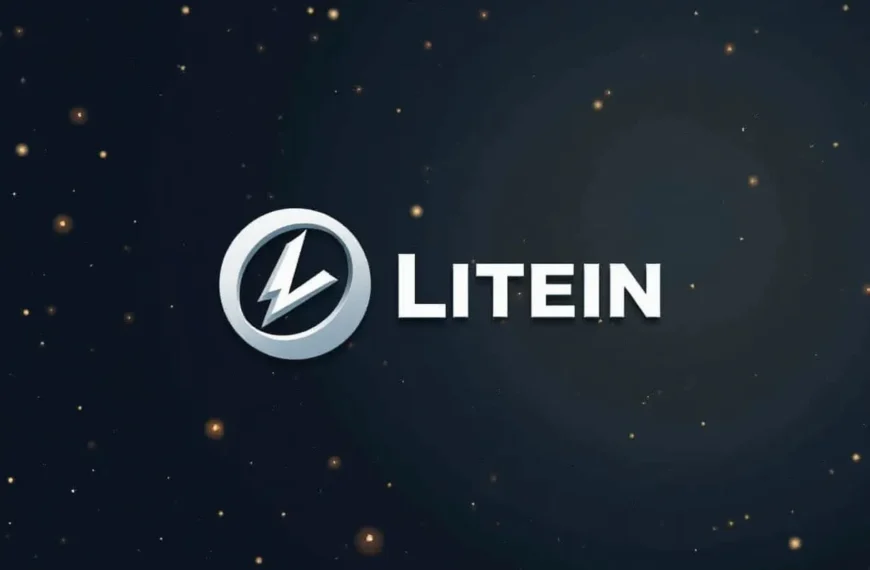Understanding the SEC Investigation into Coinbase and Circle’s USDC Revenue Sharing Arrangement
The cryptocurrency landscape continues to evolve, with regulatory scrutiny becoming a common theme in the industry. Recently, the U.S. Securities and Exchange Commission (SEC) has turned its attention toward Coinbase and Circle, investigating their revenue-sharing agreement related to the USD Coin (USDC). This investigation raises important questions about regulatory compliance, revenue models, and the future of stablecoins.
What is USDC?
USDC is a stablecoin that is pegged to the U.S. dollar, providing a digital currency option that aims to maintain a stable value. It was launched in 2018 by Circle and Coinbase, two prominent players in the cryptocurrency space. The stablecoin is designed to facilitate transactions in the digital economy, offering users the benefits of blockchain technology while minimizing the volatility typically associated with cryptocurrencies.
The Revenue Sharing Arrangement
The revenue-sharing agreement between Coinbase and Circle is a pivotal aspect of their partnership. Under this arrangement, both companies benefit financially from the issuance and circulation of USDC. The details of this agreement have come under scrutiny, particularly in light of the SEC’s investigation.
Key points of the revenue sharing arrangement include:
This partnership has enabled USDC to gain significant traction in the market, positioning it as one of the leading stablecoins available today. However, the SEC’s investigation has raised concerns regarding whether this arrangement violates any securities laws.
Regulatory Implications
The SEC’s investigation into Coinbase and Circle’s revenue-sharing model highlights the broader regulatory challenges facing the cryptocurrency industry. As stablecoins gain popularity, regulators are keen to ensure that these digital assets operate within the confines of existing financial laws.
Some potential regulatory implications include:
The SEC’s actions are part of a larger trend of regulatory bodies seeking to establish clearer frameworks for digital assets. As the investigation unfolds, it could set important precedents for how stablecoins and their associated revenue models are treated under U.S. law.
Impact on the Cryptocurrency Market
The ongoing SEC investigation could have significant repercussions for the cryptocurrency market. Regulatory uncertainty can lead to decreased investor confidence, which may impact trading volumes and the overall market sentiment.
Potential impacts on the cryptocurrency market include:
As the market digests this news, it is essential for investors and businesses to stay informed about the developments surrounding the investigation and its potential consequences.
The Future of Stablecoins
As regulatory scrutiny intensifies, the future of stablecoins like USDC hangs in the balance. The SEC’s investigation may prompt a reevaluation of revenue-sharing models and business practices among cryptocurrency companies.
Key considerations for the future of stablecoins include:
While stablecoins have shown significant promise in disrupting traditional finance, they must navigate a complex regulatory environment to thrive. The outcome of the SEC’s investigation could shape the future of stablecoins, either solidifying their position in the financial ecosystem or leading to a reevaluation of their operations.
Conclusion
The SEC’s investigation into Coinbase and Circle’s USDC revenue-sharing arrangement underscores the growing regulatory focus on the cryptocurrency industry. As the investigation unfolds, it will be crucial for stakeholders to monitor developments closely.
In a rapidly changing landscape, it is essential for cryptocurrency companies to prioritize compliance and adapt their business models to align with regulatory expectations. Ultimately, the future of stablecoins like USDC will depend on the ability of the industry to navigate these challenges while continuing to innovate and provide value to users.
As investors and market participants watch this situation closely, the responses from Coinbase, Circle, and regulatory bodies will likely have lasting effects on the cryptocurrency landscape for years to come.






